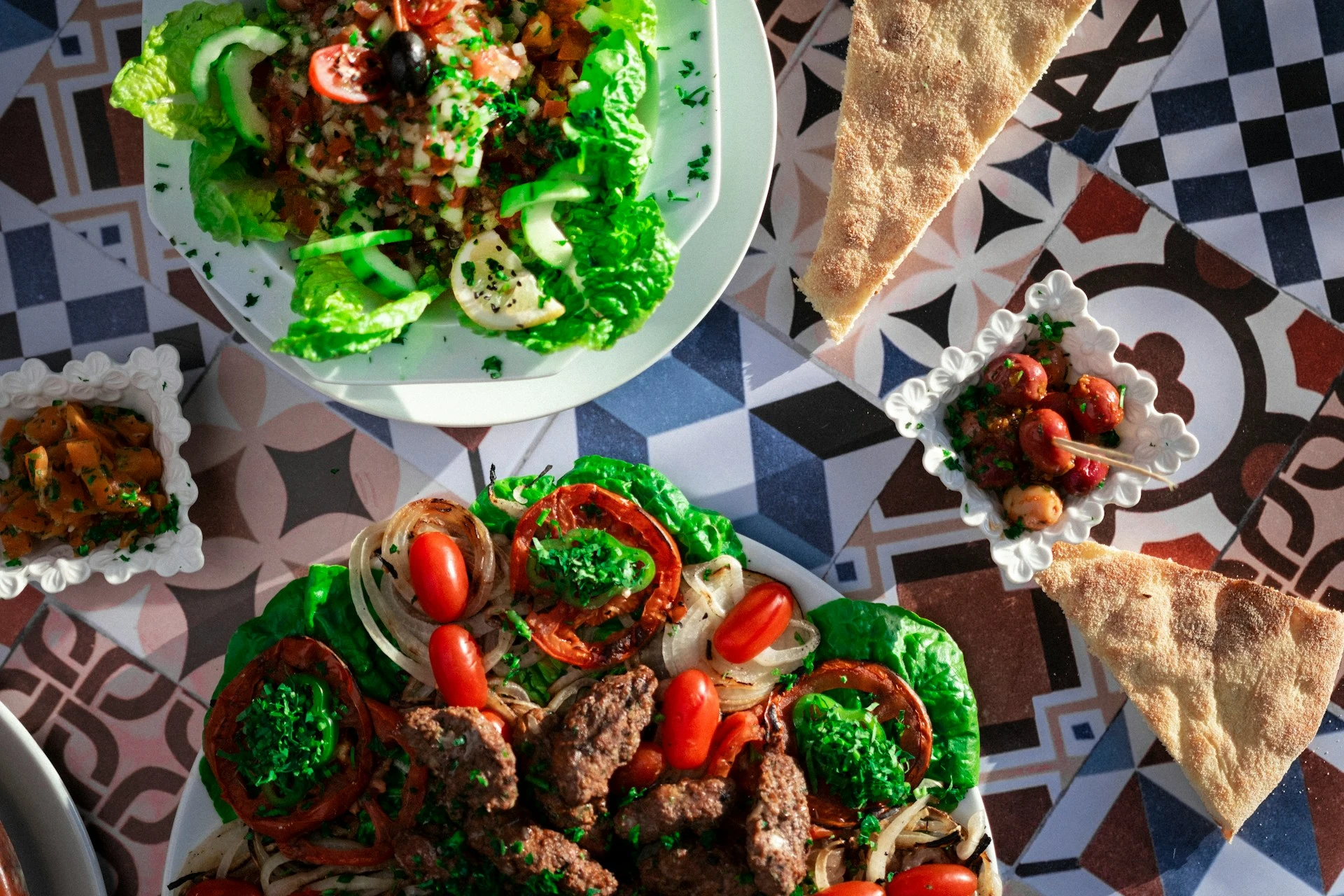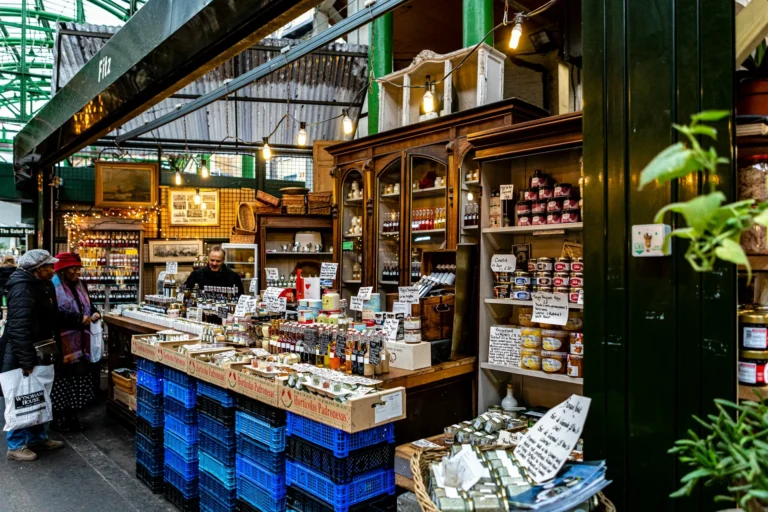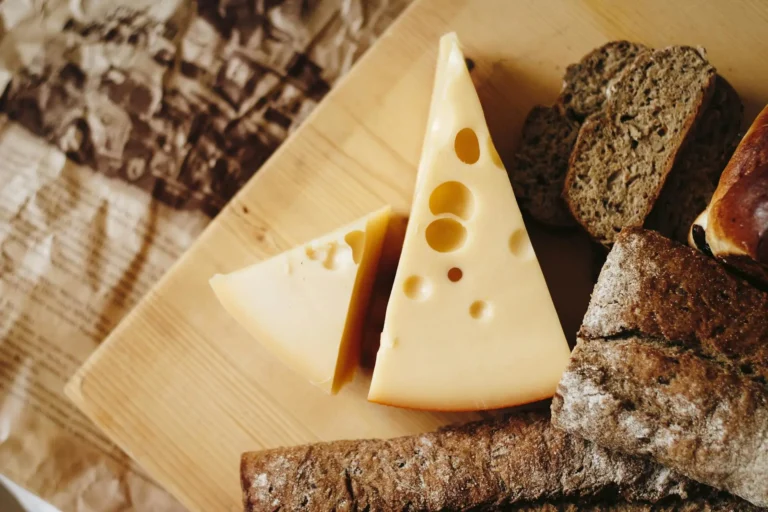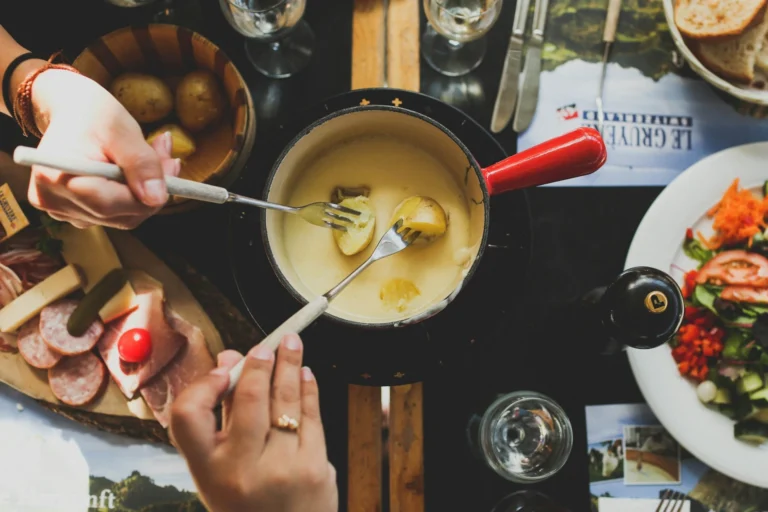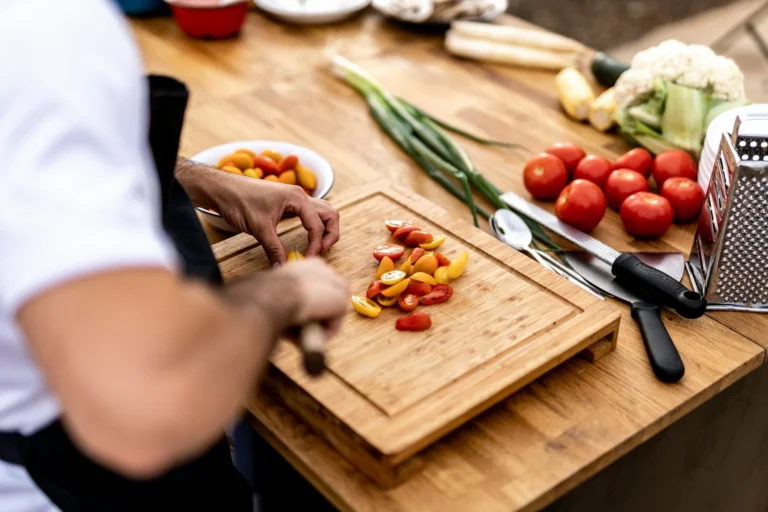Food and Culture: How Food Defines a Region’s Identity
Food is not just nutrition; it is a powerful expression of culture, heritage, and individuality. Different parts of the world have come up with their own cooking styles that tell much about history, geography, community values and so on. This article gives a detailed account of how food plays a vital role in defining region’s identity and bringing together people through shared meals and culinary traditions. Furthermore, we will look at some examples from different countries as to how food can be the mirror if not soul of an area.
01. It is Often Said That Food Defines Culture
The relationship between food and culture is complicated. These are the reasons why food forms part of cultural identity:
- History: The regional cuisine reflects influence from migration, trade and historic events.
- Community: Sharing meals and common practices around cookery promote connectedness within society thus strengthening social ties.
- Diversity: Food showcases regional culinary diversity hence presenting unique tastes.
- Traditions: Many traditional festivities incorporate foods this way upholding their significance in cultures.
02. A Guide to Italian Cuisine
Italian cuisine is a diverse assortment of cooking styles, with each region having its own traditional dishes. How Italian food embodies the rich cultural identity of the nation:
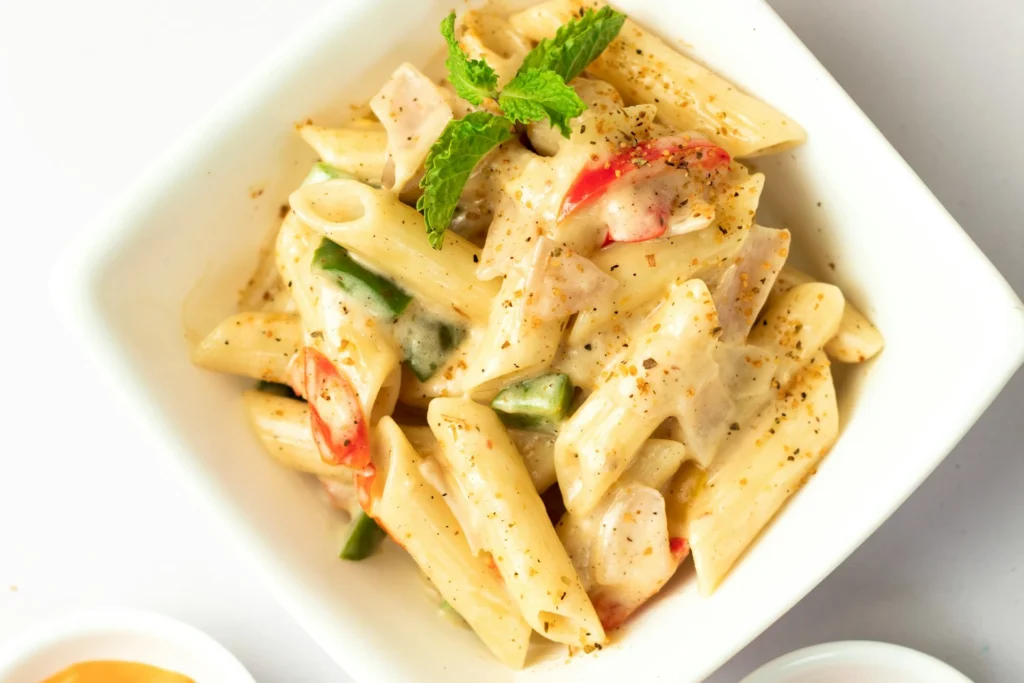
2.1 The North: Lush and Smooth Recipes
Dishes from Northern Italy are known for their richness. The area often serves risotto and polenta together with meats such as veal and lamb. Its cuisine reflects the cool weather and the fact that it is closer to Europe.
2.2 The South: Tomatoes And Olive Oil
Many tomatoes, olive oil, and fresh herbs characterize Southern Italian cuisine. Pizza and pasta are popular dishes in this region which have been influenced by Mediterranean and North African culture.Style developed due to warm climate and farming practices.
2.3 Italian culinary traditions
Through family recipes pasted down through generations, italian cooking celebrates tradition. Therefore, Italian culture showcases how food enhances inter-generational connections with Sunday dinners that consist of pasta or homemade meals during family gatherings.
03. A Blend of Indigenous and Spanish Influences in Mexican Cuisine
The culinary landscape of Mexico is a boiling pot of native and Spanish influences, which leads to its diverse composition. Here is how Mexican food speaks about the cultural identity:
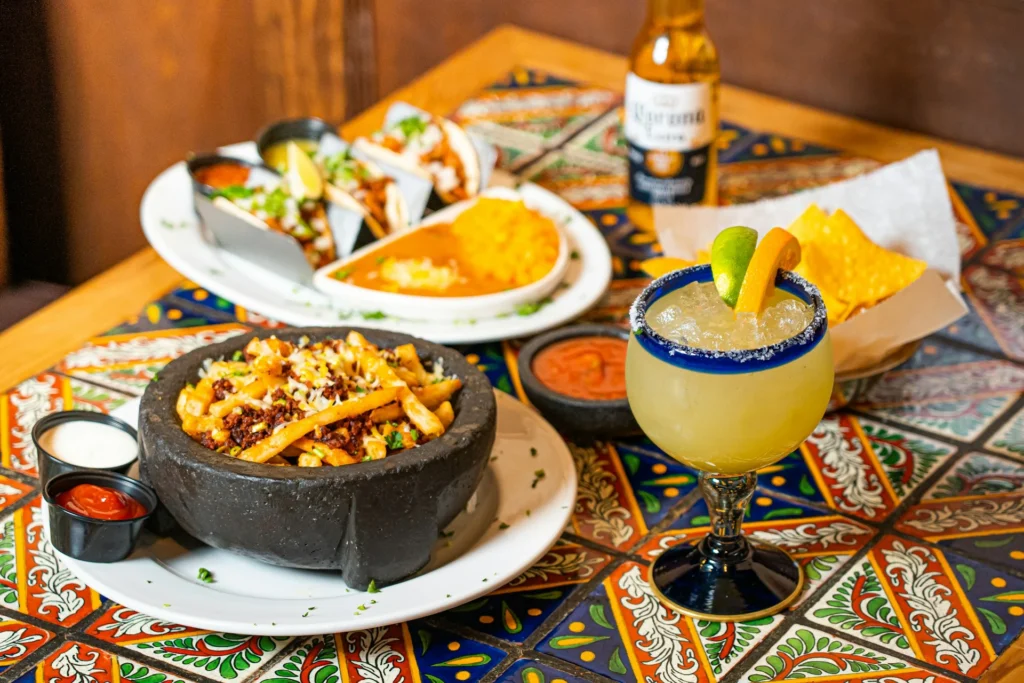
3.1 Indigenous Roots
Corn, beans and chilli peppers are some of the major elements in the indigenous background of Mexican cuisines. Tamales and tortillas are among recipes that have maintained an unbroken lineage from prehistoric times.
3.2 Spanish Influence
New ingredients and cooking methods came along with Spanish colonization in Mexico. The fusion between indigenous tastes and those from Spain led to notable dishes such as mole and chiles en nogada.
3.3 Celebrating Mexican Cuisine
Mexican cuisine celebrates festivals like Dia de los Muertos (Day of the Dead) as well as traditional occasions. A good example is Day of the Dead, where typical foods including sugar skulls and pan de muerto are essential during this particular feast.
04. Indian Cuisine: A Symphony of Spices
Indian cuisine is famous for its intricate flavors and extensive use of spices. This is how Indian food creates the cultural identity of this country:
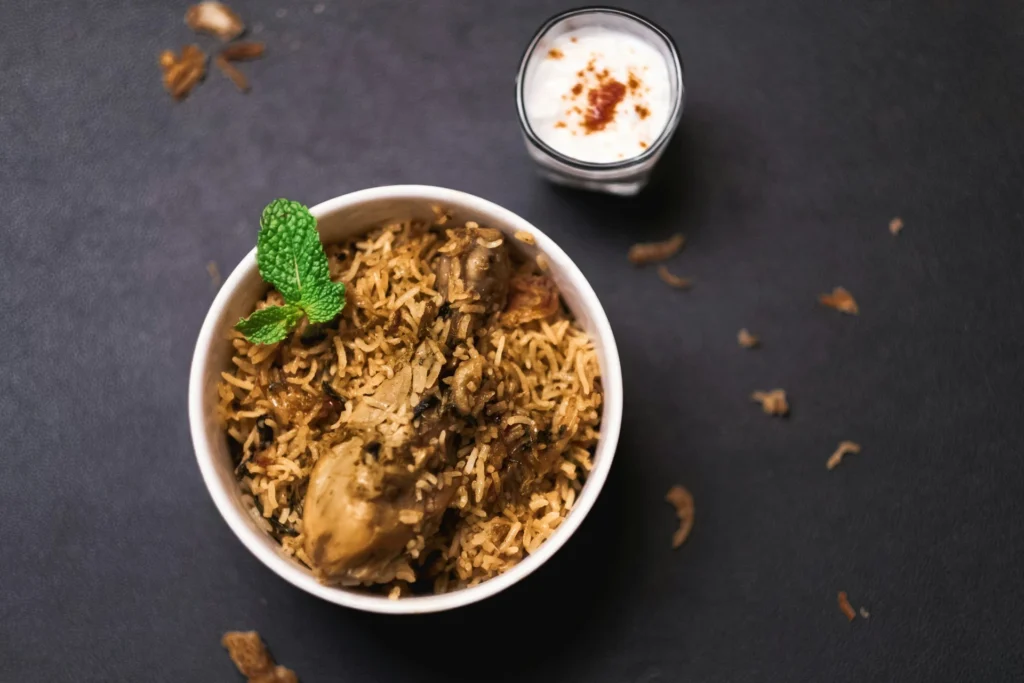
4.1 Variations by Area
The diverse regions of India have a wide range of culinary traditions. In North Indian, Mughlai influence has imparted rich, creamy dishes. Coconut and curry leaves are common in Southern India, reflecting the proximity to the coast.
4.2 Role Played by Spices
In Indian cuisine, spices are central components with each dish being delicately harmonized to give them unique taste profiles. The inclusion of spices such as turmeric, cumin or cardamom is indicative of India’s historical role in global spice trade.
4.3 Cultural Importance
Indian food is intricately associated with religious and cultural aspects. In Hindu festivals like Diwali or Holi, there are traditional foods which reinforce the spiritual significance of food.
05. A Crazy Quilt of Chinese Cookery
Chinese cookery is made up of many traditions that have different flavors and techniques. What way does the Chinese food reflect the cultural identity of its people?
5.1 The Magnificent Four
These days, Chinese cooking is divided into four major traditions; Guangdong, Sichuan, Jiangsu, and Shandong. Each style has unique traits such as Sichuan’s mouthwatering spicy dishes while for Cantonese Chilli Dim Sum.
5.2 The Balance Thing
In Chinese cuisine, fusion and harmony are two aspects that dominate their foods which mix a variety of tastes with texture. This yin-yang concept extends to food, where some ingredients are thought to be cool or hot in nature.
5.3 Rituals And Symbolism In Cooking
Chinese life incorporates food in various events and rituals. Dumplings just like noodles have symbolic meanings that depict wealth and long life most times. These culinary symbols are important to the Chinese during their festivities.
06. Conclusion
Food unites people, defines the identity of a particular area and brings together. Whether it is the diverse regional cuisines of Italy or India’s complex ranges of spices, food can be used to understand the history, values and customs of a society. Through an understanding of these culinary landscapes we can develop better global citizens. Food can bring people closer together as they share their cuisine with others or when they explore new ones while travelling from one country to another.
07. Frequently Asked Questions
01. How does the food talk of a particular area?
Food is an expression of history, culture and traditions in an area. It also brings communities together, as well as representing distinct tastes and ingredients that are used to define a place.
02. What makes Italian cuisine diverse when it comes to regions?
Italy is known for its various cuisines from different geographical regions; each offering unique dishes and culinarily traditions. These regional manifestations are also evidence or reflections of Italy’s rich pasts and geographies.
03. Which foods are popular in Mexican cuisine?
Mexican Foods which include tacos, tamales, mole poblano and chiles en nogada signify blending both the indigenous ethnicities with European ones.
04. How does Indian cuisine balance tastes?
Indian food uses diverse spices which make it have a balanced taste at all times. Additionally, the idea of balance extends to flavors that cool down or warm up a dish.
05. What role does food play in Chinese culture?
In China, food is seen as central to cultural life where culinary customs and symbolism relate to religious ceremonies and festivals. Dumplings symbolize wealth while noodles represent longevity during festive occasions in China.

